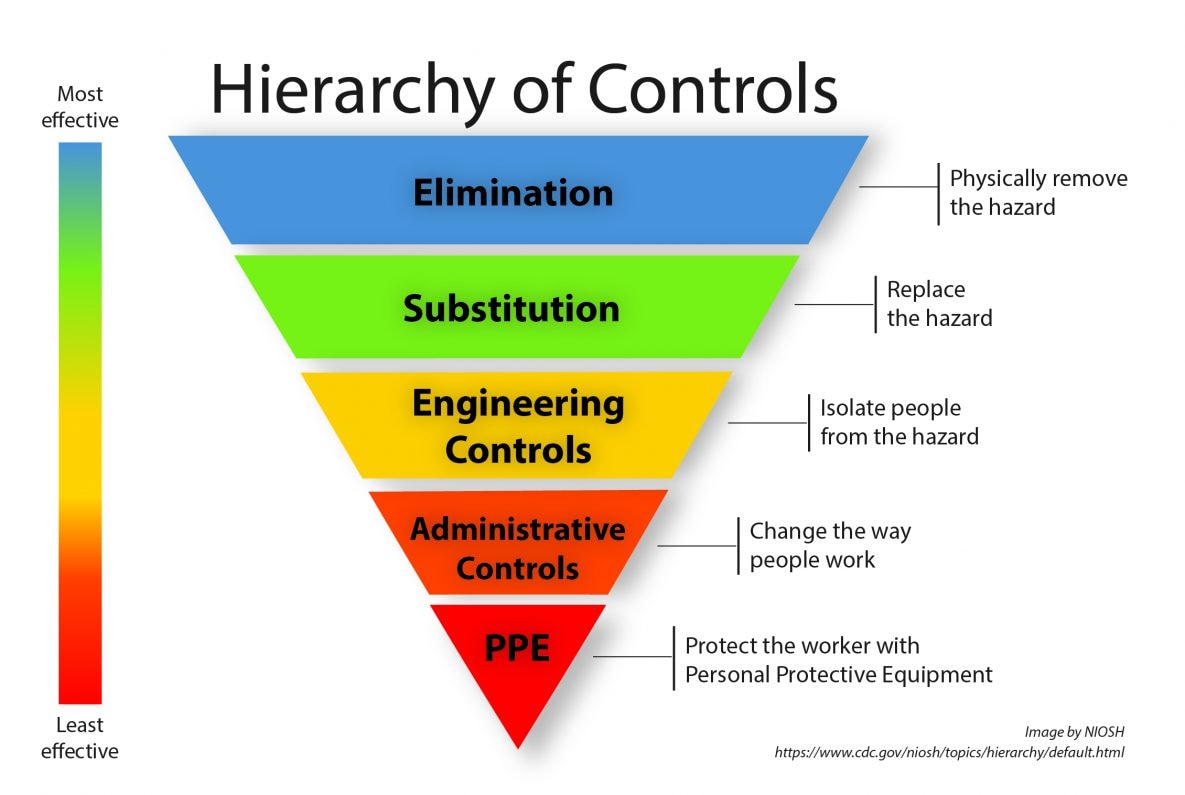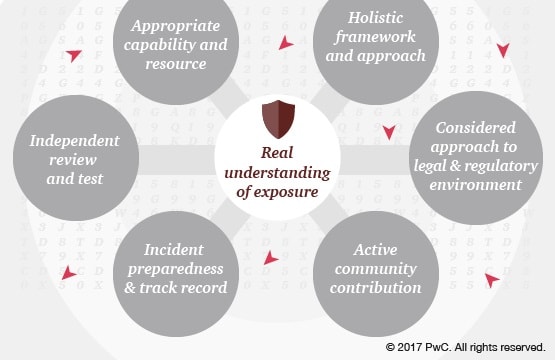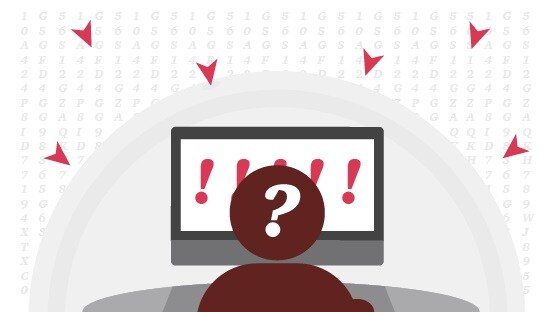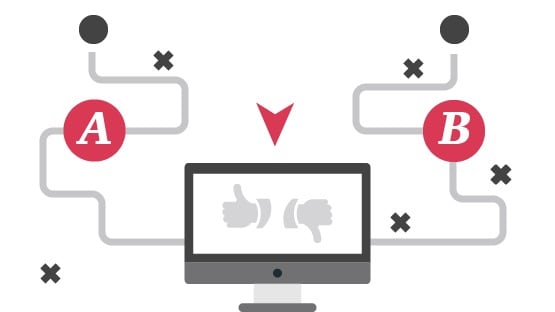Course Name : Advanced Digital Security
Course Code: MIS 9303
Course
Level: Year 2, Semester 1
Course Credit Units: 3 CUs; 45CH
COURSE
DESCRIPTION
The course aims
to teach students information security awareness, standards, design, control,
monitoring and response given both computer software environment and the
physical environment in which human beings operate; so that the learners are
capable of designing and implementing information security policies,
internalizing cyber laws and, analyzing and handling information security risks
and effectively respond to incidences of information security breaches for
business and organizational continuity
Course
Content
Overview of
Information Security/Assurance
•
Confidentiality,
integrity and availability (CIA) of data
•
And issues
relating to authenticity, non-repudiation
•
Risk
management, administrative control
•
Logical and
physical security
Security
Classification
•
Value of
information and defining appropriate procedures
•
Protection
requirements for information
Information Security Process
•
Method of achieving information
security objectives
•
Threats, vulnerabilities, attack
prevention techniques
•
The expected frequency of attacks
•
Institution operations and technology,
and the institution’s defensive posture)
Governance Issues
•
Information security governance
•
Responsibility
•
Accountability
•
Audit-ability, access control
•
And consequence of security breach)
Information Security Standards
•
The ISO; establishment and maintenance
a documented Information Security
Management System (ISMS)
•
Information security policy
•
Information security management of
identifiable risks)
Information Security Risk and Assessment
•
Information security risk
•
Vulnerability, threat; risk assessment
•
Risk management process: analysis,
description, estimation and treatment; risk management policy
•
Risk management standards; risk
mitigation; risk management tools)
Information Security Monitoring
•
Collection and analysis of data to
guard against policy violations and anomalous behavior
•
Architecture issues; activity
monitoring
•
Network intrusion detection systems
•
Condition monitoring; independent
tests
Information Security Incidents
•
Analysis of incidents
•
Intrusion response
•
Incident management
Access Control
•
Authorization; access rights
administration
•
Authentication: shared secret systems,
token systems, public key infrastructure, biometrics; firewalls; operating
system access
•
Application access; remote access;
encryption
•
Malicious code prevention; physical
security
Human Resource Security
•
Risks posed by internal users
•
Background checks and screening at
recruitment
•
Agreements: confidentiality,
non-disclosure and authorized use
•
Job descriptions; training
Data Security
•
Data and information security theories
and tools
•
Data creation, handling, storage
•
Transmission and destruction)
Asset Management
•
Inventories; responsibilities and
operational procedures
•
Media handling
•
Systems documentation
Information Security Laws and Regulations
•
Cyber laws; compliance
•
Corporate relationships and exchange
of information
•
Information crime; scene of crime;
evidence of crime
•
Law enforcement; business continuity
during crime investigation
•
Video surveillance and paper records
Advances in Information Security
•
Emerging issues on information
security
Mode Of Delivery
Lectures
Reading
assignments
Presentations
Group discussions
Instructional Materials And / Or
Equipment
Whiteboard and
Markers
Flip Charts
LCD Projectors
CDs, DVDs and
Tapes
Course Assessment
Continuous
assessments tests 20%
Group and
individual project (course work) 20%
End of Semester
Examination 60%
Total 100%
Reading Materials
1. International conference
on privacy , security and trust
2. International
journal of Information Security
3. International
journal of applied cryptography
4. Journal of
Computer Security
5. Security Journal
Lecturer: Prof. Zake
+256 788485749 (WhatsApp)
zake.muwanga@kiu.ac.ug
tebiggwawo@gmail.com






